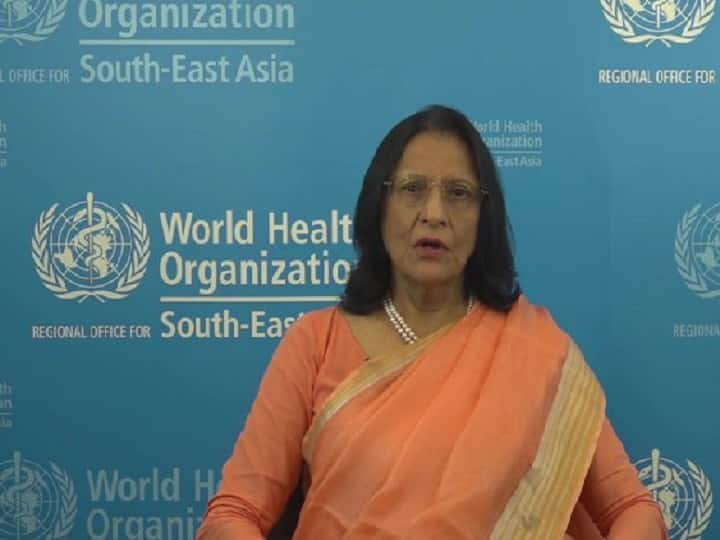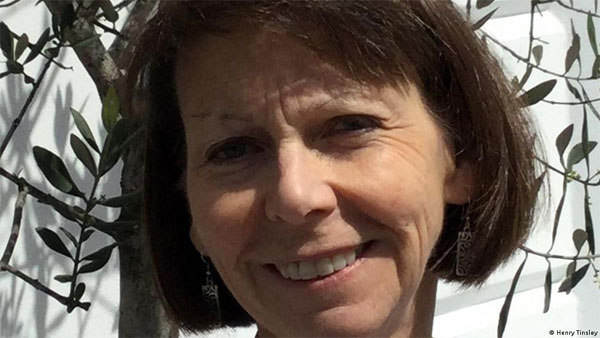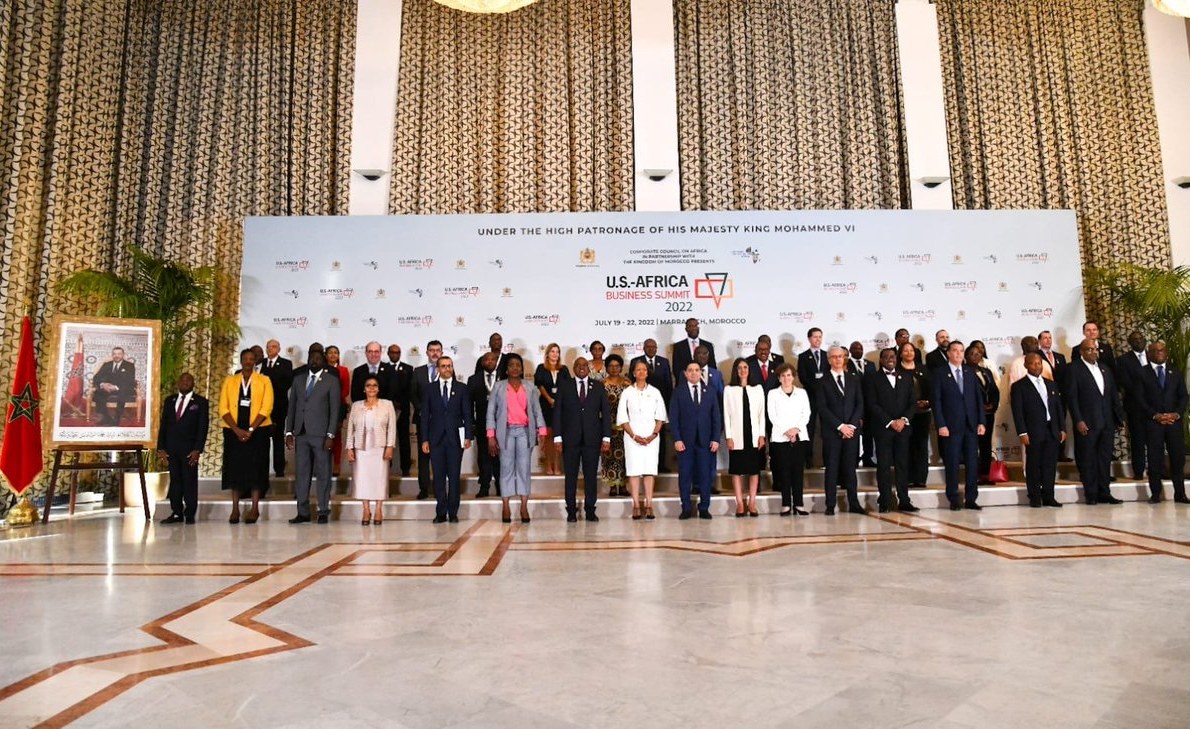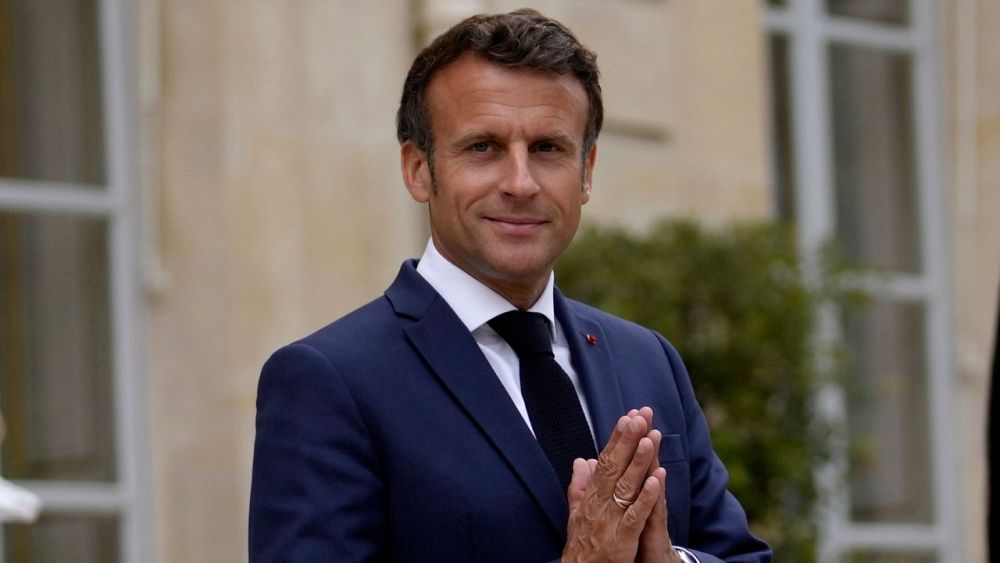[ad_1]
WHO says the expanding monkeypox outbreak in more than 70 countries now qualifies as a global emergency
WHO says the expanding monkeypox outbreak in more than 70 countries now qualifies as a global emergency
The World Health Organisation has declared the global monkeypox outbreak a ‘public health emergency of international concern’ (PHEIC), one step below that of a ‘pandemic.’
A PHEIC, according to the WHO, constitutes “…an extraordinary event, which constitutes a public health risk to other States through the international spread, and which potentially requires a coordinated international response..”
On January 30, 2020, the organisation had categorised COVID-19 as a PHEIC, when about 7,500 cases of novel coronavirus were reported. On March 11 that year, the agency elevated it to ‘pandemic.’
The latest decision followed a seven-hour meeting on Thursday, July 21, of the International Health Regulations Emergency Committee to discuss the monkeypox outbreak in several countries. It is this Committee of the WHO that decides on the seriousness of a public health crisis.
Also read:Explained | How is Kerala fighting monkeypox?
Though the Committee didn’t reach a consensus on whether the outbreak constituted a PHEIC, Director General, Dr. Tedros Adhanom Ghebreyesus, decided that the situation merited such a classification.
“We have an outbreak that has spread around the world rapidly, through new modes of transmission, about which we understand too little, and which meets the criteria in the International Health Regulations.
For all of these reasons, I have decided that the global monkeypox outbreak represents a public health emergency of international concern,” he stated.
The WHO has been criticised in the past for not recognising the incipient threat, soon enough, from COVID-19.
Guidelines to follow
As part of the PHEIC declaration which is said to be “temporary” and reviewed every three months, countries are expected to follow guidelines.
They are grouped into three categories: those with no reported cases or where the last case was from 21 days ago; those with recently imported cases and experiencing human-to-human transmission and finally, countries where cases are being reported and have a history of the presence of the virus.
The guidelines direct countries to step up surveillance, spread awareness on the pandemic, and ensure that at-risk groups aren’t stigmatised.
Indian officials are yet to comment on the WHO’s classification. So far three cases have been confirmed in India, all in men, and in Kerala, with a history of travel to the United Arab Emirates. All three are hospitalised and reportedly “stable” according to Kerala health authorities.
Also read: What drives sustained growth of monkeypox cases?
The WHO said that so far 14,533 probable and laboratory-confirmed cases (including 3 deaths in Nigeria and 2 in the Central African Republic) have been reported to WHO from 72 countries across six WHO regions; up from 3,040 cases in 47 countries at the beginning of May 2022.
The transmission was occurring in many countries that had not previously reported cases of monkeypox, and the highest numbers of cases are currently reported from countries in the European region and the region of the Americas.
The majority of reported cases of monkeypox currently are in males, and most of these cases occur among males who identified themselves as gay, bisexual and other men who have sex with men (MSM), in urban areas, and are clustered in social and sexual networks. Early reports of children affected include a few with no known epidemiological link to other cases, the WHO stated.
The Secretariat noted that, although the number of cases and countries experiencing outbreaks of monkeypox appear to be rising, the WHO risk assessment has not changed since the first meeting of the Committee on June 23, 2022, and the risk is considered to be “moderate” at global level and in all six WHO regions, except for European region, where it is considered to be “high.”
[ad_2]
Source link














